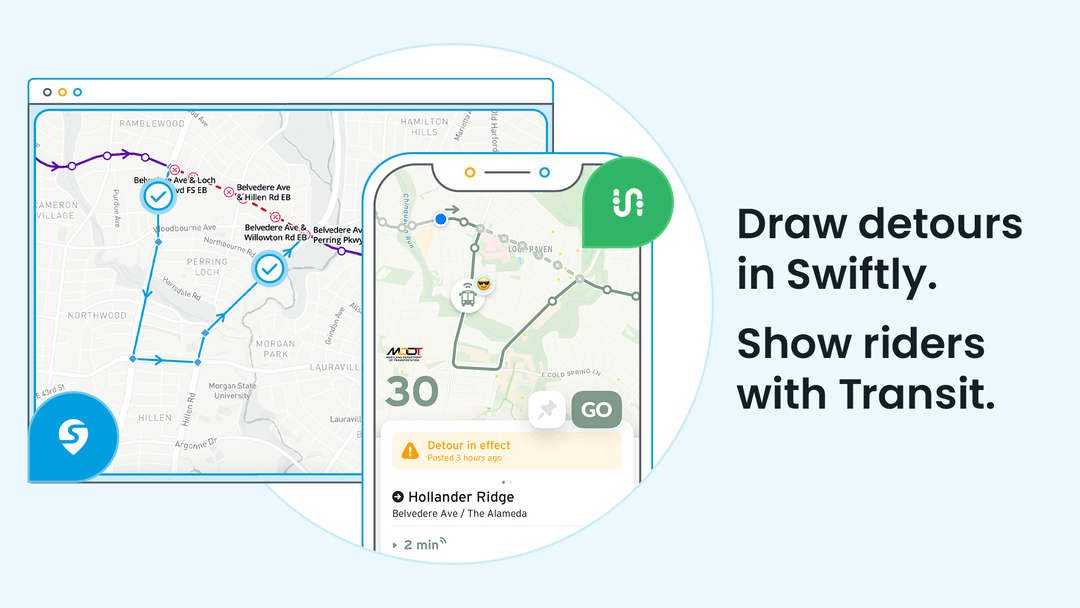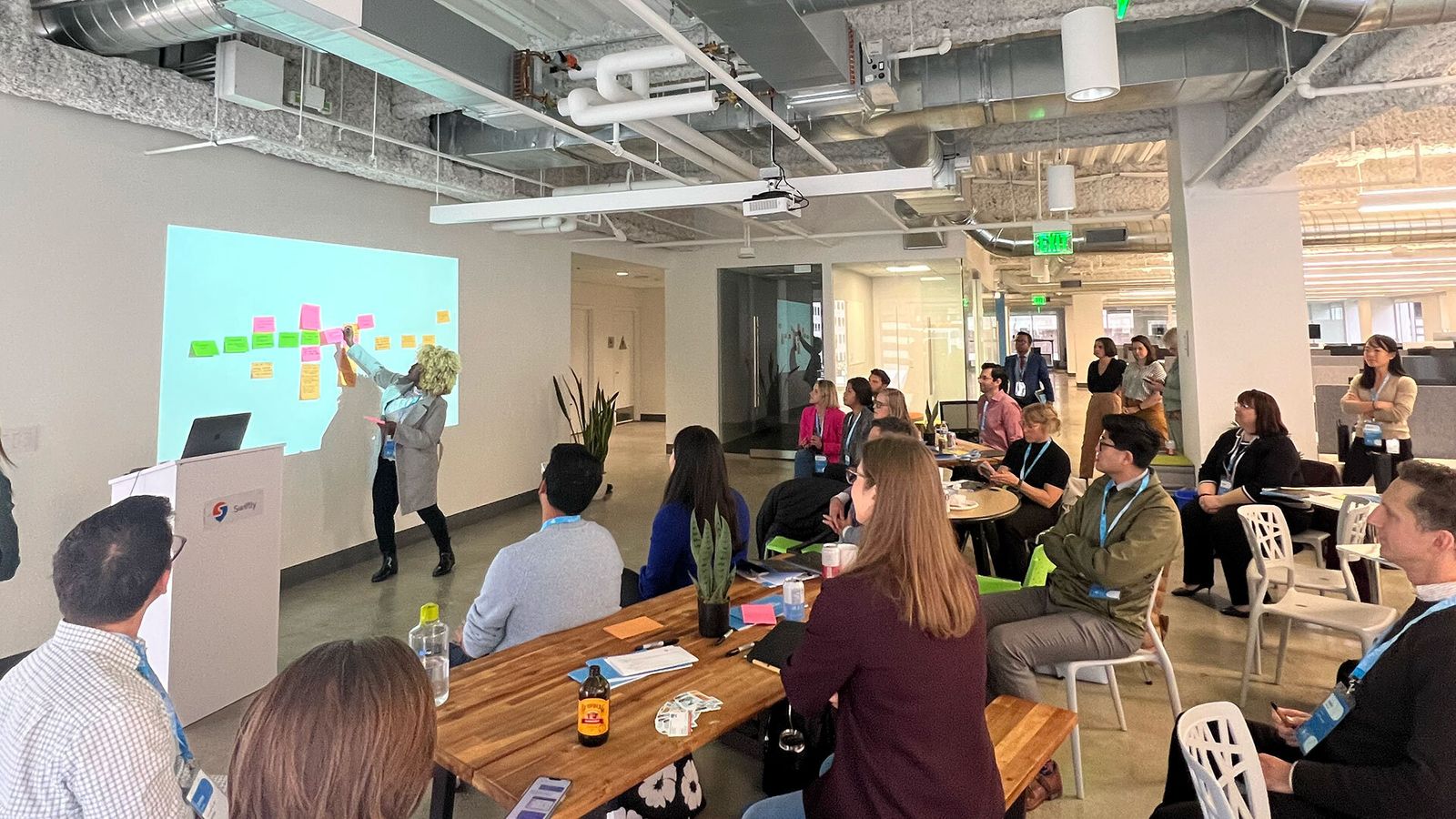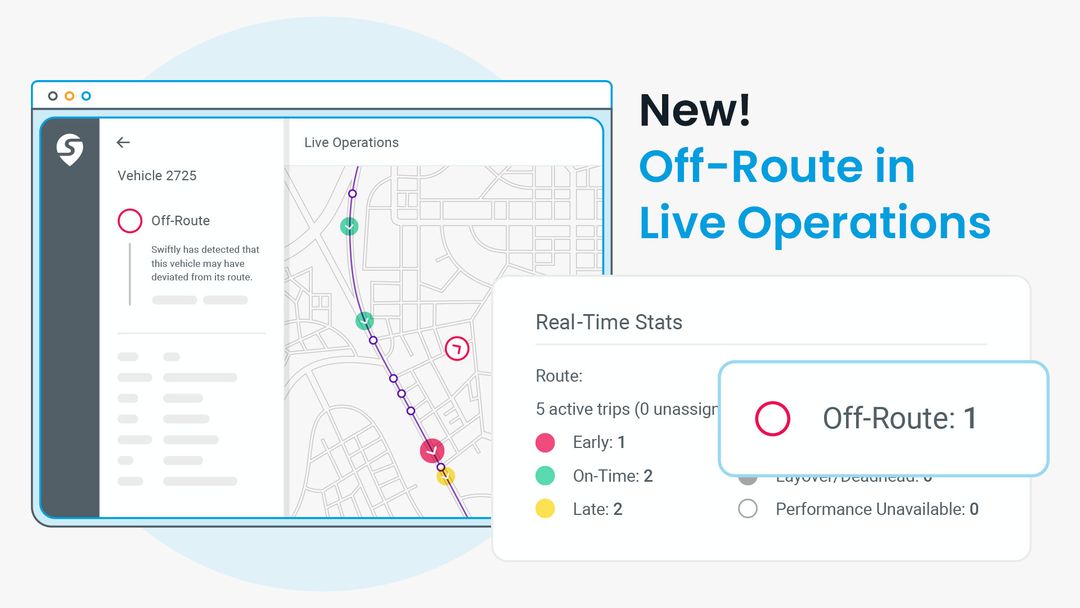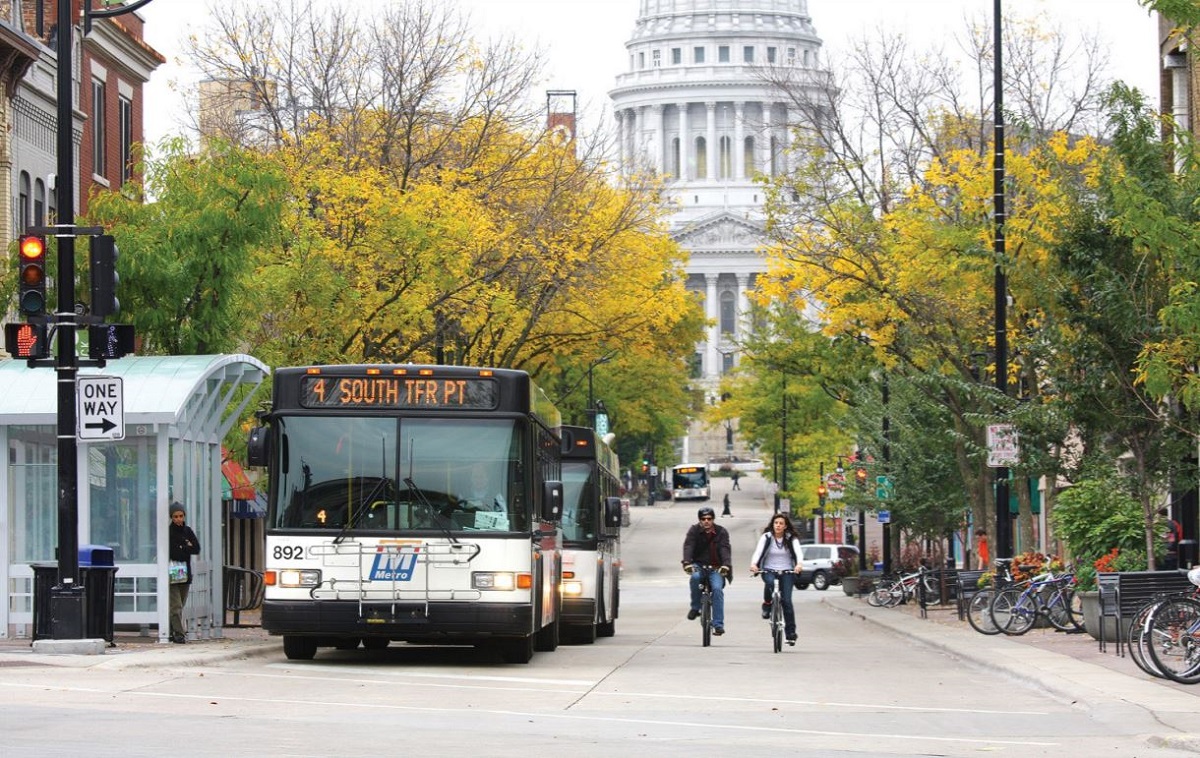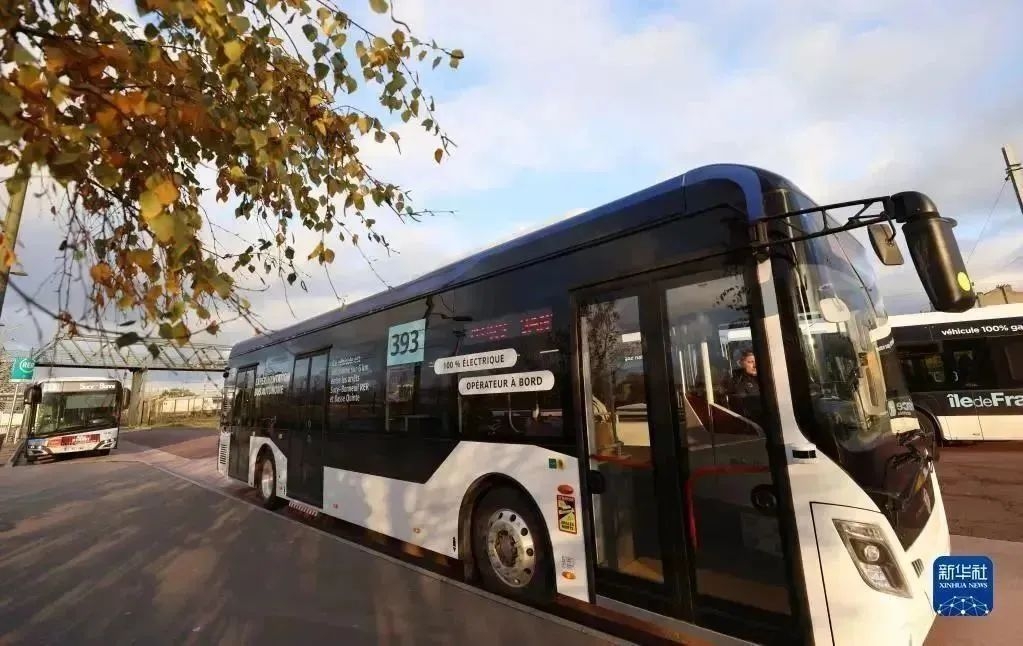Miami-Dade’s Network Redesign Excels With Iterative Approach and Proactive Communication
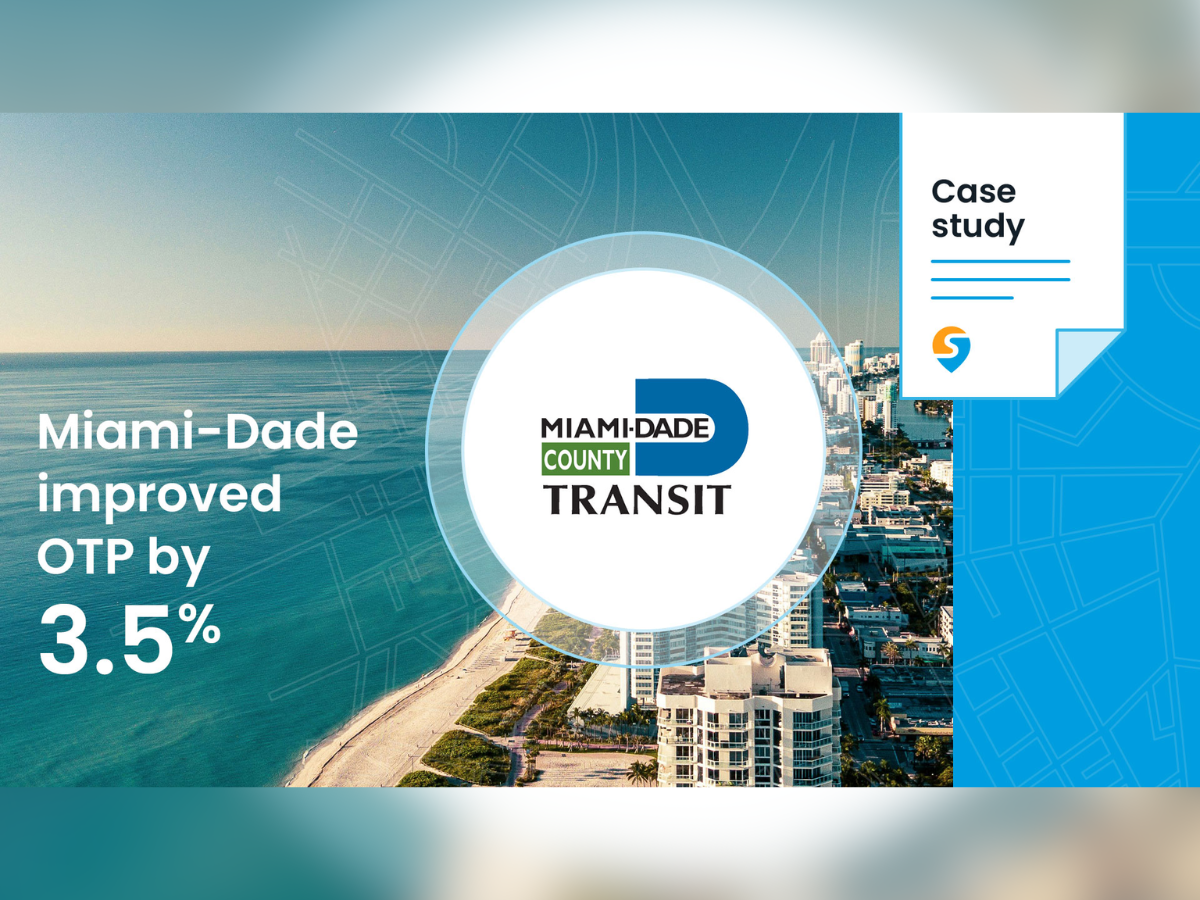
Executive Summary
Accurate run-times are the foundation of any well-built transit schedule. A network redesign is a rare opportunity for a transit agency to tailor their service to meet the evolving needs of their community—and a monumental undertaking for all agency departments. Miami-Dade Transit recently completed the launch of their Better Bus Network, the biggest network overhaul in county history.
While completing a project of this magnitude, Miami-Dade Transit arrived at best practices for tools and processes to ensure positive outcomes and minimize disruptions for riders.
Less than a year after the first redesigned routes launched, Miami-Dade Transit can already point to real positive impacts for riders throughout the region.
By The Numbers
- System-wide on-time performance improved by 3.5% and up to 10% on high-priority routes
- The number of residents who live near frequent transit will increase by 30%
- The average resident will have access to 28% more jobs and useful destinations within a 45-minute trip
Measuring Results and Improving Performance Within Days
Initiated by the community through a local advocacy group, the Transit Alliance, Miami-Dade Transit started planning for the Better Bus Network in 2019 alongside Jarrett Walker + Associates (JWA). JWA informed their plans with Swiftly’s Speed Map and On-Time Performance data to inform and validate speed assumptions along major corridors. Having access to accurate historical data proved critical in planning an efficient network.
Scudder Wagg, Principal Associate at Jarrett Walker + Associates, says:Accurate speed data is critical to the process of redesigning a network, and the Swiftly Speed Map provided valuable and detailed data on speeds by segment for existing routes, allowing us insights into better drive time assumptions in the Better Bus Network planning process.
Following a rigorous public feedback period, the agency prepared to roll out the redesigned network in 2022, when the industry-wide operator shortage delayed their plans. Undeterred, the agency updated the schedule to proceed with a phased launch starting in July of 2023. This approach had an upside, allowing the agency to learn from updates to limited subsets of routes and apply them as the rest of the redesign continued.
Linda Morris, Chief of Service Planning at Miami-Dade Transit, says:We planned and executed a smaller launch in July of 2023 for three routes.
It was actually a good testing ground for us to make sure our processes were working, so that was really helpful. And then we did the full launch in November.
The process of continuous iteration and improvement ended up being a hallmark of the project. The phased launch gave Miami-Dade Transit’s team the opportunity to monitor performance on newly redesigned routes on an approachable scale rather than across every route at once. Performance data available through Swiftly’s On-Time Performance and Run-Times products facilitated historical comparisons with earlier route performance, providing insights within days and weeks rather than months.
Morris explains this rapid feedback loop:Our internal On-Time Performance Group uses Swiftly data to monitor the success of our network redesign. The first couple of days, we were monitoring the service and asking, ‘How are these individual routes doing?’ We were checking the on-time performance historically. We would see that we’ve increased on-time performance ten points from this previous time. That was a really good, quick, and easy way of checking, ‘Did we get this right?’ That was really helpful.
Maintaining Rider Trust With Reliable Data and Proactive Communications
Miami-Dade Transit works with Swiftly to provide best-in-class real-time passenger information for riders. Unique Swiftly capabilities such as Auto-Assigner and integrations with existing onboard hardware ensured reliable data coverage across the Miami-Dade Transit fleet. As a result, passengers received accurate arrival predictions throughout the network redesign process, available on consumer trip planning apps through a GTFS-rt feed.
Furthermore, during the Better Bus Network implementation, the agency started using Swiftly’s Rider Alerts product to notify passengers of routes with redesigned schedules. The proactive communication helped boost rider trust and limit confusion.
Morris says:We had a command center set up in our bus operations control. There really wasn't the craziness that we thought that there would be.
We did have 400 ambassadors at strategic locations across the county trying to help for a couple of weeks before and after the launch, which really helped engage with passengers. But operationally it went remarkably well.
Continuous Improvement To Benefit the Region
A project of this scale may only occur once in a generation for a city, which makes lessons learned all the more valuable. Chief among them from the Better Bus Network rollout is the value of agility and continuous improvement.
The staff at Miami-Dade Transit had tools and processes in place to proactively ensure rider trust and start measuring performance on day one. Continuing to monitor results and responding quickly to issues can be just as important as an effective initial redesign. With plans for future schedule changes throughout 2024, Miami-Dade Transit is dedicating resources to improving all routes as the redesign progresses.
Morris says:We've still been going at 100 miles an hour.
These are the largest changes that we've done as a county transit agency. So we're still functioning as if we're gearing up to implement, just because there's still an awful lot of work to do.
Another ongoing element of the project involves coordinating service with neighboring municipalities. Miami-Dade Transit is helping adjacent transit agencies to best align their service with changes from the Better Bus Network project. These efforts will work towards the mission to transform public transit for the broader community.
Morris concludes:Some of the discontinued routes left some gaps that we've been working with the municipalities on trying to fill. So we've been doing that work since we launched. At least two municipalities are moving forward with some of their realignments happening in the next couple of months, which is great.
We know where the issues are and the key municipalities that we need to work with. So it's been helpful to focus us. The foundation is laid. Let's figure out how to build everything else.
This article was originally published by Swiftly.




